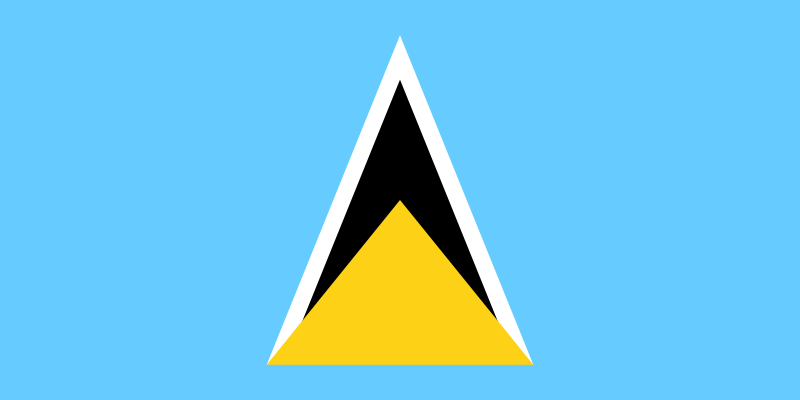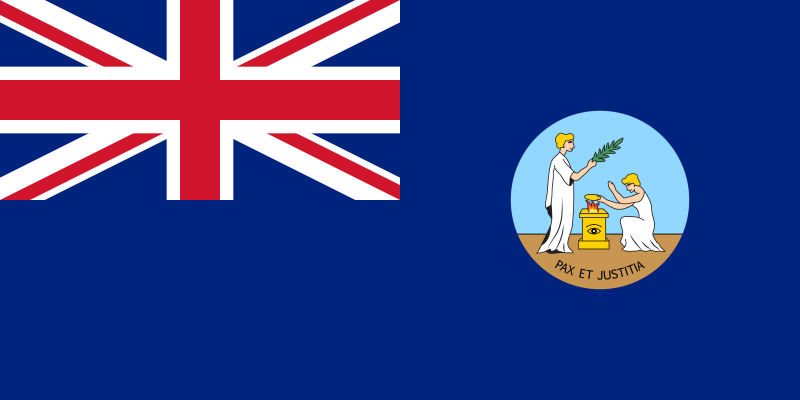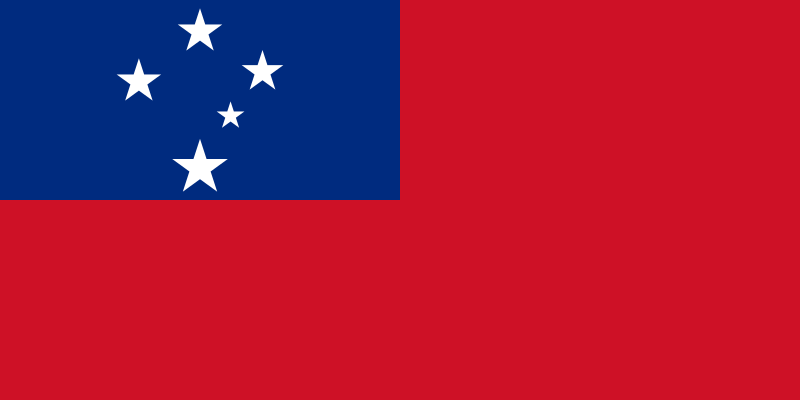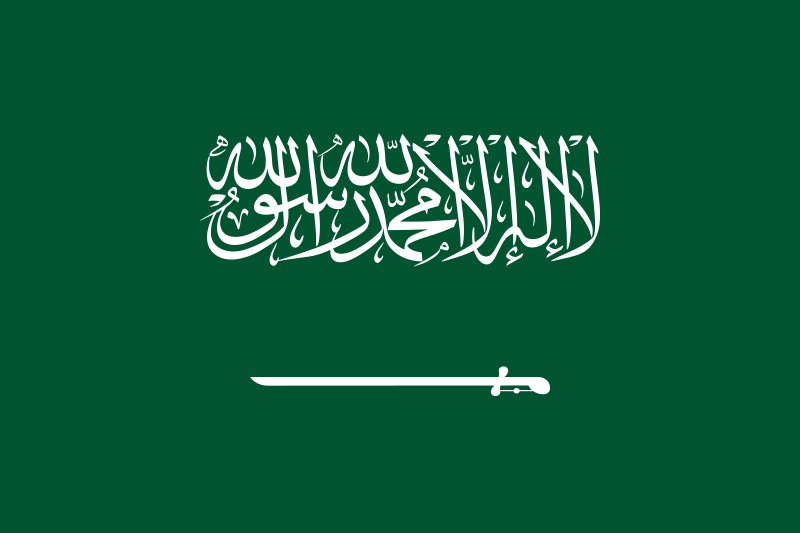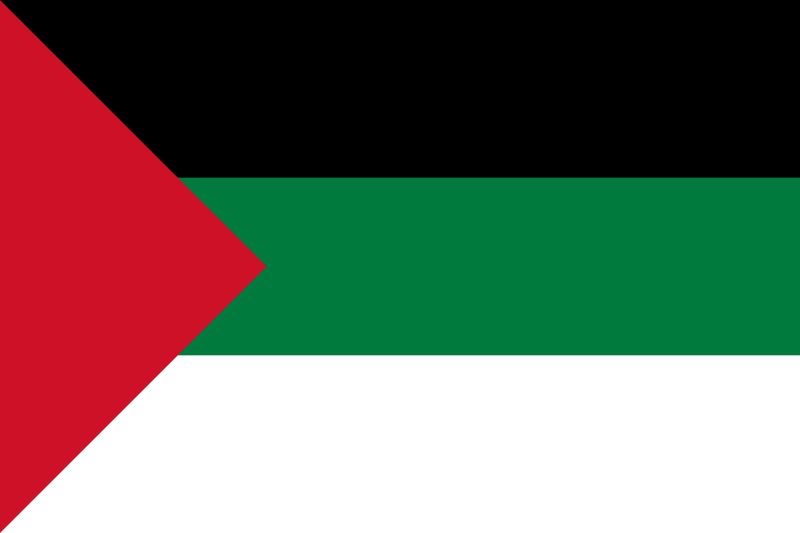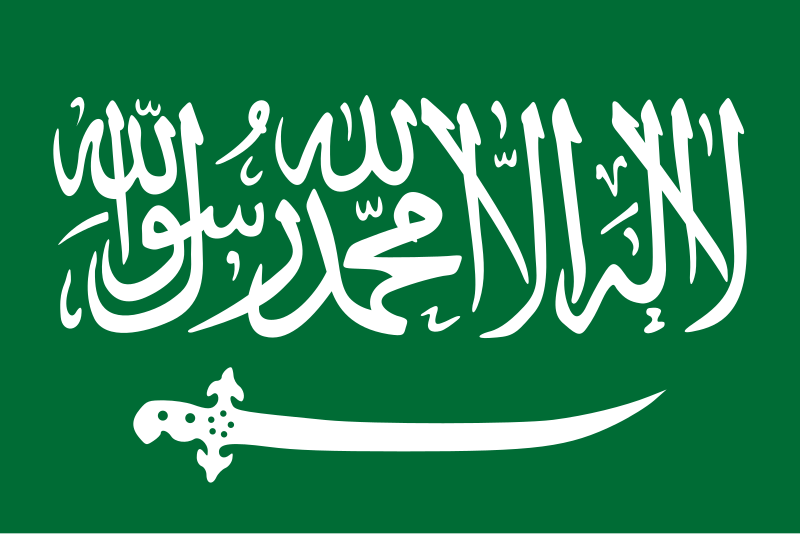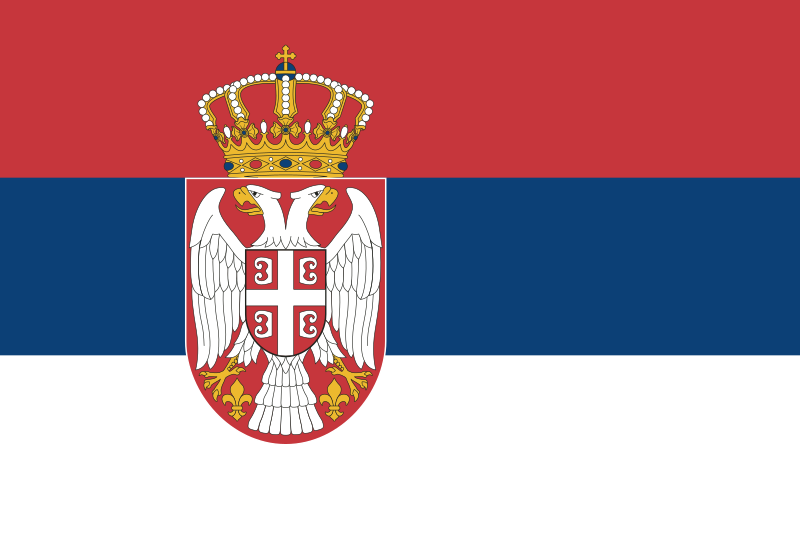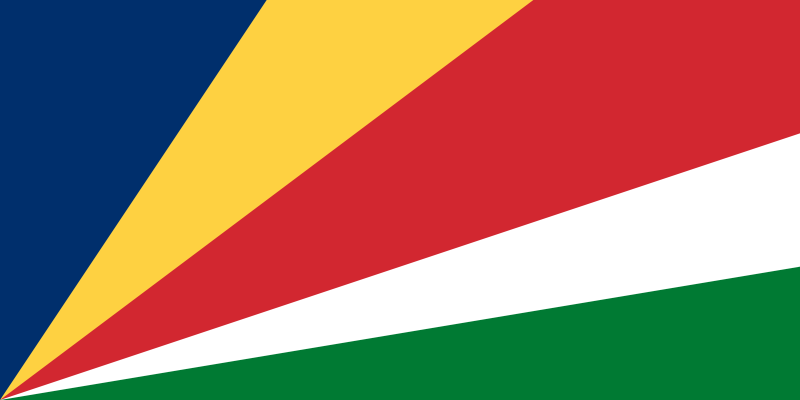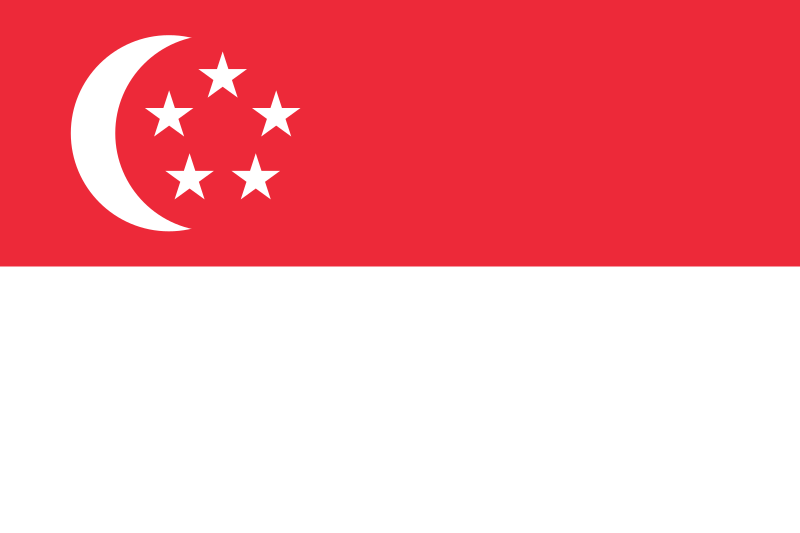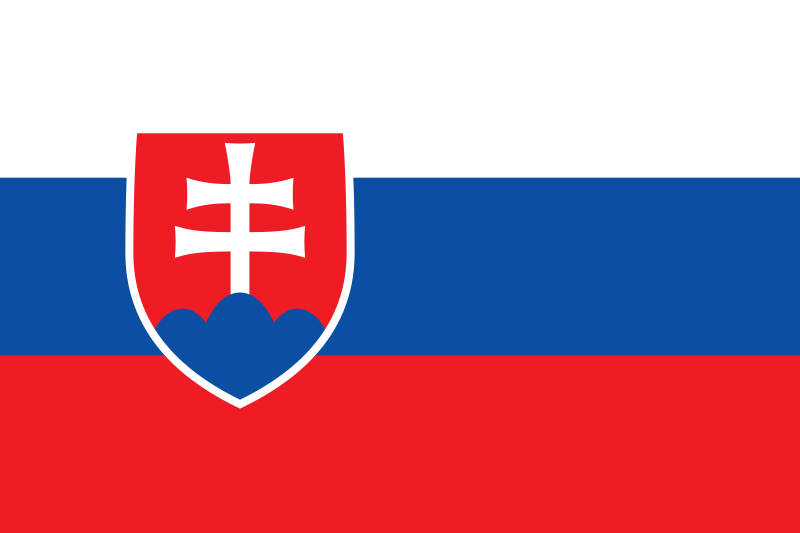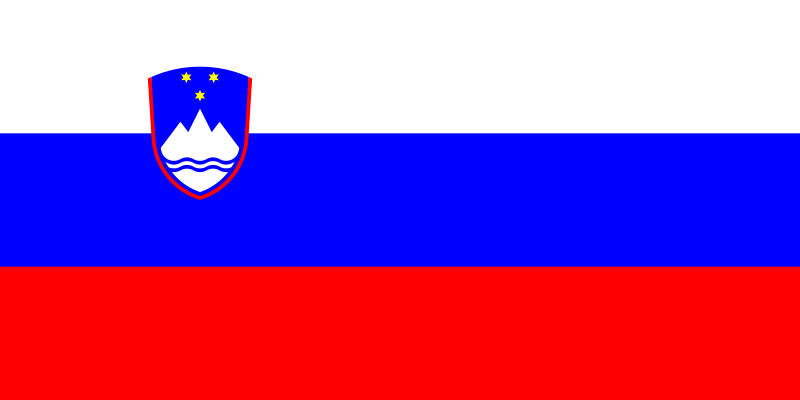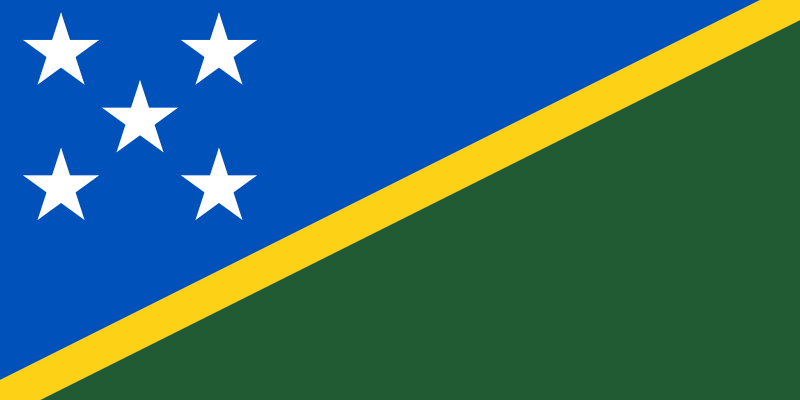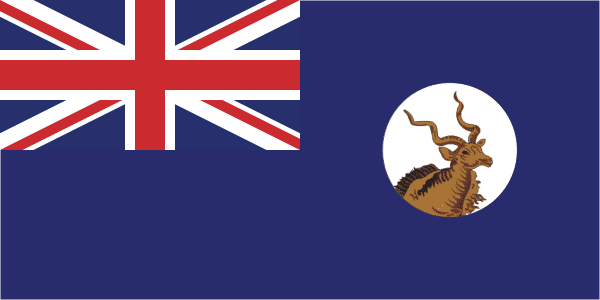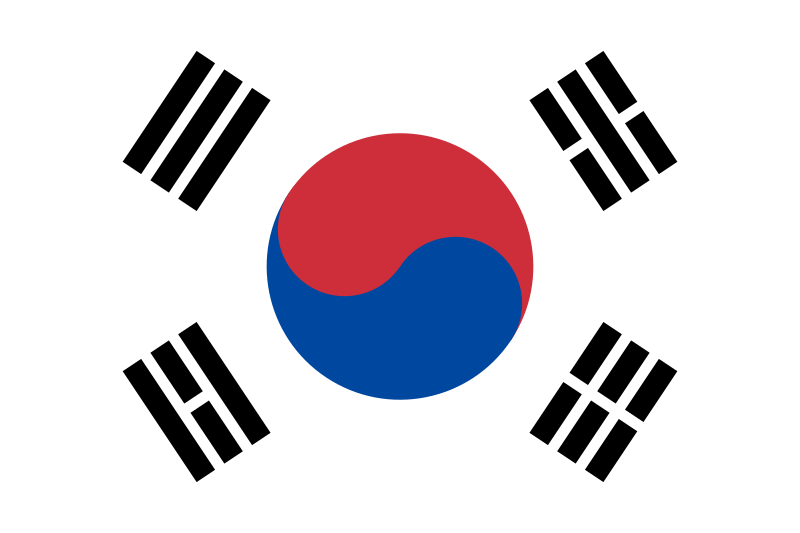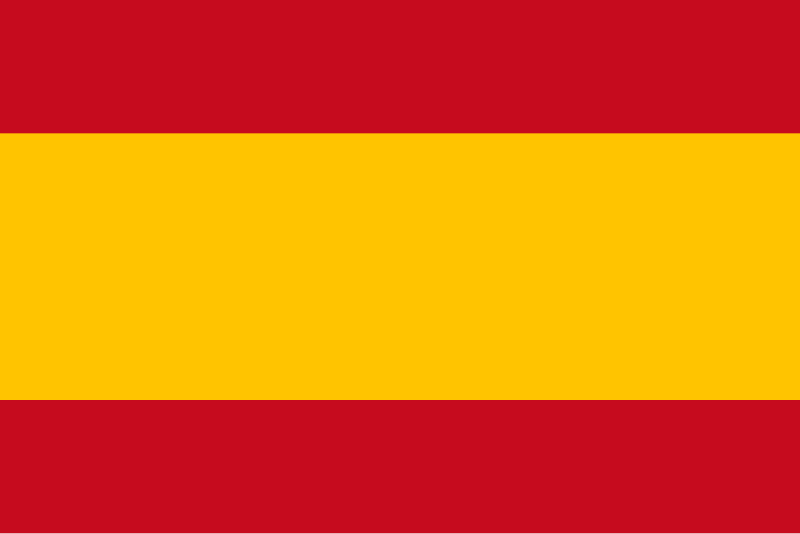- Thread starter
- #251
Flag of Russia

Ratio: 2:3 (normal)
Adopted: 11 May 1696 at sea, 7 May 1883. Readopted on 22 August 1991. Current shade of blue and ratio adopted on 11 December 1993.
Part 1
Rule 1: It's a simple tricolor.
Rule 2: There has been at least one state in what is now Russia since around the 7th century, but the Tsardom of Russia, founded in 1547, was the first state to call itself "Russia", which from its founding to 1700 expanded heavily: it originally only included what is now northwestern Russia, and in 1700 it included almost all of Russia, plus parts of eastern Ukraine and Belarus, along with a small part of Kazakhstan. It was in the late 17th century that Russia adopted its tricolor for use at sea. There are two stories about the origin of the flag, and both have it be based on the Dutch flag:
In 1703, the tricolor was adopted for use by merchant vessels in rivers.
After Russia beat Sweden in the Great Northern War, tsar Peter I (known as "the Great") was proclaimed Emperor of All Russia in 1721, and the Russian Empire was founded. At its height, it included what is now Russia, Finland, the Baltic states, Belarus, Ukraine, eastern Poland, Moldova, Georgia (the country, not the US state), Armenia, Azerbaijan, the countries of Central Asia (minus Afghanistan, if you count it as Central Asia), and Alaska (sold in 1867 to the United States).
In 1858, Russia adopted a new flag for use on land. It was an horizontal tricolor. The top two stripes were black and yellow, and came from the imperial coat of arms, which featured a crowned double-headed black eagle on a yellow field. In the bottom was a white stripe, which existed to make the flag different from Austria's.
The 1858 flag was unpopular. Russia's sea flag was allowed to be used on land. By the time Nicholas II was crowned emperor, the tricolor was Russia's only national flag.
There was a revolution in Russia in 1905, after which Russia adopted a constitution and the State Duma was established.
Russia was part of the Triple Entente in WWI. The various flaws of the Empire, along with the fact that the war was very unpopular, led to two revolutions in 1917: the first revolution was the February Revolution (which in the current Gregorian calendar actually happened in March: Russia used the Julian calendar at the time), which overthrew the monarchy and established the Russian Provisional Government. The second revolution was the October Revolution (which actually happened in November in the Gregorian calendar), in which the Bolsheviks overthrew the Russian Provisional Government, and the Russian Soviet Federative Socialist Republic, which had a red flag with the letters РСФСР (RSFSR, an initialism for the name of the country) in gold, and a yellow border separating the canton from the rest of the flag, was established. Afterwards the Russian Civil War began. The two main sides in the war were the Reds (which supported Communism) and the Whites (which opposed it), but there were loads of other factions. It was a complex war.
After the October Revolution, there were democratic elections. The Socialist Revolutionaries won 380 out of the 703, while the Bolsheviks won only 168. This led to the meeting of theassembly being delayed until January 1918, when it was dissolved.
During the Russian Civil War, many countries declared independence from Russia. By the early 1920s, Russia had managed to reconquer most of the Empire's territory after the sale of Alaska, excluding Finland, the Baltic States, Poland, what is now western Belarus and Ukraine, and Moldova (all of those were later annexed by the Soviet Union in WWII, excluding Finland, whic lost parts of its east to the Soviet Union after the Winter War and the Continuation War . In 1922, the Treaty on the Creation of the USSR, which created the Soviet Union, was signed. The Russian SFSR had most of the territory and population of the union, and thus was the dominant republic.
In 1937 the flag of the Russian SFSR was changed so that the text, previously in Vyaz script, was changed to be written in a plainer script. The border was also removed. The flag was changed again in 1954 so that the text would be removed and replaced with a hammer and sicle and a red star (with a gold border), and a vertical blue stripe would be added to the hoist side. The hammer symbolized industrial workers, the sicle symbolized peasant, the red star symbolized communism and the Communist Party of the Soviet Union, the red symbolized revolution, and the blue symbolized Russian skies, seas, and rivers.
The Russian SFSR adopted the Declaration of State Sovereignity on 12 June 1990. Exactly one year, a democratic presidential election was held in Russia. On 22 August 1991, the Russian SFSR adopted the tricolor, although with a lighter shade of blue and a 1:2 ratio.
On 8 Decmber 1991 the Belavesha Accords were signed by the leaders of Belarus, Russia, and Ukraine. They declared the dissolution of the Soviet Union, and the establishment of the Commonwealth of Independent States. The Russian Parliament ratified the accords on 12 December, leaving Kazakhstan as the only republic of the Soviet Union (they left on 16 December). The name of the Russian SFSR was changed to "Russian Federation" on 25 December 1991. The next day, the Soviet of Nationalities, the upper house of the Supreme Soviet, declared itself and the Soviet Union dissolved.
Russia's current flag was adopted its current flag and constitution on 12 December 1993.
Rule 3: White, blue, and red. It's not a bad color combination, but I think it's overused.
Rule 4: This flag has no text or emblems.
Rule 5: This flag led to the establishment of red, white, and blue as the Pan-Slavic colors, which is why some Slavic countries (such as the Czech Republic, Slovakia, Slovenia, Croatia, and Serbia) use those colors. I believe that this flag, despite having colors used a lot, is distinctive, if only because Russia is powerful and well known.
Part 2
Russian Empire (1858-1883)
 Now that Austria no longer uses this flag, I think this flag would be distinctive. However:
Now that Austria no longer uses this flag, I think this flag would be distinctive. However:
Russian SFSR (1918-1937)
 It was text, but I do like how it looks like.
It was text, but I do like how it looks like.
Russian SFSR (1937-1954)
 The previous looked much better. This text is bad.
The previous looked much better. This text is bad.
Russian SFSR (1954-1991)
 Like most of the other flags adopted by the SSRs in the 1950s, it's not very distinctive.
Like most of the other flags adopted by the SSRs in the 1950s, it's not very distinctive.
1991-1993
 The light blue makes the flag more distinctive than the current imo.
The light blue makes the flag more distinctive than the current imo.
Part 3
A boring red, white, and blue tricolor. I don't like it much.

Ratio: 2:3 (normal)
Adopted: 11 May 1696 at sea, 7 May 1883. Readopted on 22 August 1991. Current shade of blue and ratio adopted on 11 December 1993.
Part 1
Rule 1: It's a simple tricolor.
Rule 2: There has been at least one state in what is now Russia since around the 7th century, but the Tsardom of Russia, founded in 1547, was the first state to call itself "Russia", which from its founding to 1700 expanded heavily: it originally only included what is now northwestern Russia, and in 1700 it included almost all of Russia, plus parts of eastern Ukraine and Belarus, along with a small part of Kazakhstan. It was in the late 17th century that Russia adopted its tricolor for use at sea. There are two stories about the origin of the flag, and both have it be based on the Dutch flag:
A 1695 Dutch flag book shows Russia's flag with a crowned double-headed eagle with a shield on its breast.Wikipedia said:The earliest mention of the flag occurs during the reign of Alexis I, in 1668, and is related to the construction of the first Russian naval ship, the frigate Oryol. According to one source, the ship's Dutch lead engineer Butler faced the need for the flag, and issued a request to the Boyar Duma, to "...ask His Royal Majesty as to which (as is the custom among other nations) flag shall be raised on the ship." The official response merely indicated that, as such issue is as yet unprecedented, even though the land forces do use (apparently different) flags, the tsar ordered that his (Butler's) opinion be sought about the matter, asking specifically as to the custom existing in his country.[8]
A different account traces the origins of the Russian flag to tsar Peter the Great's visits to Arkhangelsk in 1693 and 1694. Peter was keenly interested in shipbuilding in the European style, different from the barges ordinarily used in Russia at the time. In 1693, Peter had ordered a Dutch-built frigate from Amsterdam. In 1694 when it arrived, the Dutch red-white-and-blue banner flew from its stern.[9] Peter decided to model Russia's naval flag after this banner by changing the sequence of colors.
In 1703, the tricolor was adopted for use by merchant vessels in rivers.
After Russia beat Sweden in the Great Northern War, tsar Peter I (known as "the Great") was proclaimed Emperor of All Russia in 1721, and the Russian Empire was founded. At its height, it included what is now Russia, Finland, the Baltic states, Belarus, Ukraine, eastern Poland, Moldova, Georgia (the country, not the US state), Armenia, Azerbaijan, the countries of Central Asia (minus Afghanistan, if you count it as Central Asia), and Alaska (sold in 1867 to the United States).
In 1858, Russia adopted a new flag for use on land. It was an horizontal tricolor. The top two stripes were black and yellow, and came from the imperial coat of arms, which featured a crowned double-headed black eagle on a yellow field. In the bottom was a white stripe, which existed to make the flag different from Austria's.
The 1858 flag was unpopular. Russia's sea flag was allowed to be used on land. By the time Nicholas II was crowned emperor, the tricolor was Russia's only national flag.
There was a revolution in Russia in 1905, after which Russia adopted a constitution and the State Duma was established.
Russia was part of the Triple Entente in WWI. The various flaws of the Empire, along with the fact that the war was very unpopular, led to two revolutions in 1917: the first revolution was the February Revolution (which in the current Gregorian calendar actually happened in March: Russia used the Julian calendar at the time), which overthrew the monarchy and established the Russian Provisional Government. The second revolution was the October Revolution (which actually happened in November in the Gregorian calendar), in which the Bolsheviks overthrew the Russian Provisional Government, and the Russian Soviet Federative Socialist Republic, which had a red flag with the letters РСФСР (RSFSR, an initialism for the name of the country) in gold, and a yellow border separating the canton from the rest of the flag, was established. Afterwards the Russian Civil War began. The two main sides in the war were the Reds (which supported Communism) and the Whites (which opposed it), but there were loads of other factions. It was a complex war.
After the October Revolution, there were democratic elections. The Socialist Revolutionaries won 380 out of the 703, while the Bolsheviks won only 168. This led to the meeting of theassembly being delayed until January 1918, when it was dissolved.
During the Russian Civil War, many countries declared independence from Russia. By the early 1920s, Russia had managed to reconquer most of the Empire's territory after the sale of Alaska, excluding Finland, the Baltic States, Poland, what is now western Belarus and Ukraine, and Moldova (all of those were later annexed by the Soviet Union in WWII, excluding Finland, whic lost parts of its east to the Soviet Union after the Winter War and the Continuation War . In 1922, the Treaty on the Creation of the USSR, which created the Soviet Union, was signed. The Russian SFSR had most of the territory and population of the union, and thus was the dominant republic.
In 1937 the flag of the Russian SFSR was changed so that the text, previously in Vyaz script, was changed to be written in a plainer script. The border was also removed. The flag was changed again in 1954 so that the text would be removed and replaced with a hammer and sicle and a red star (with a gold border), and a vertical blue stripe would be added to the hoist side. The hammer symbolized industrial workers, the sicle symbolized peasant, the red star symbolized communism and the Communist Party of the Soviet Union, the red symbolized revolution, and the blue symbolized Russian skies, seas, and rivers.
The Russian SFSR adopted the Declaration of State Sovereignity on 12 June 1990. Exactly one year, a democratic presidential election was held in Russia. On 22 August 1991, the Russian SFSR adopted the tricolor, although with a lighter shade of blue and a 1:2 ratio.
On 8 Decmber 1991 the Belavesha Accords were signed by the leaders of Belarus, Russia, and Ukraine. They declared the dissolution of the Soviet Union, and the establishment of the Commonwealth of Independent States. The Russian Parliament ratified the accords on 12 December, leaving Kazakhstan as the only republic of the Soviet Union (they left on 16 December). The name of the Russian SFSR was changed to "Russian Federation" on 25 December 1991. The next day, the Soviet of Nationalities, the upper house of the Supreme Soviet, declared itself and the Soviet Union dissolved.
Russia's current flag was adopted its current flag and constitution on 12 December 1993.
Rule 3: White, blue, and red. It's not a bad color combination, but I think it's overused.
Rule 4: This flag has no text or emblems.
Rule 5: This flag led to the establishment of red, white, and blue as the Pan-Slavic colors, which is why some Slavic countries (such as the Czech Republic, Slovakia, Slovenia, Croatia, and Serbia) use those colors. I believe that this flag, despite having colors used a lot, is distinctive, if only because Russia is powerful and well known.
Part 2
Russian Empire (1858-1883)

So I don't like it much.Wikipedia said:The flag is currently being used by Russian ultra-nationalists and monarchists
Russian SFSR (1918-1937)

Russian SFSR (1937-1954)

Russian SFSR (1954-1991)

1991-1993

Part 3
A boring red, white, and blue tricolor. I don't like it much.





